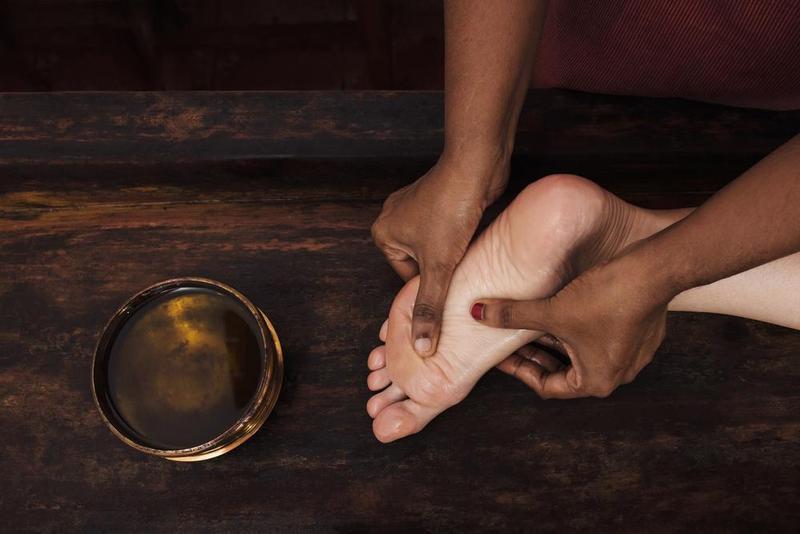Massage in Ancient Egypt
Massage in Ancient Egypt
Massage in Ancient Egypt
The Ancient Egyptians were the first to codify and study essential oils and their therapeutic benefits. As well as concocting beautiful perfumes and fragrant incense for personal and ritual use they applied this knowledge to develop massage and reflexology as therapeutic tools. The god Nefertum could reasonably be considered the world’s fist aromatherapist and the goddess Isis is reputed to have used therapeutic massage as a cure for a number of ailments.
An early reference to massage and reflexology in Ancient Egypt can be found in the decorations of the tomb of Ptahhotep (a Vizier during the reign of Djedkare during the fifth dynasty in the Old Kingdom). Ptahhotep is depicted having a manicure and pedicure and having his legs massages by a servant. Some authorities consider this the earliest positive record of reflexology.
The sun temple of the sixth dynasty (Old Kingdom)Ancient Egyptian pharaoh Niuserre features depictions of the king enjoying a foot massage and scenes on the temple walls depict the preparation of oils. Another reference to massage therapy during the sixth dynasty of Ancient Egypt can be found in the tomb of Ankhmahor (also known as “The Tomb of the Physician”). In this tomb two men are depicted having work done on their feet and hands. There has been a great deal of debate regarding the nature of the therapy being depicted: is it surgery, reflexology, massage or simply manicure and pedicure? In the accompanying text on patient pleads “Do not let it be painful” to which the practitioner answers cryptically “I do it so that you will praise it, King”. This conversation has been taken by some to indicate that it is a surgical procedure, but others remain convinced that the scene depicts massage or reflexology.
A later detailed reference to massage can be found in the Kahun Medical Papyrus (dated to the reign of Amenhotep III, twelfth dynasty during the Middle Kingdom):
“Examination of a woman aching in her legs and her calves after walking. You should say of it ‘it is discharges of the womb’. You should treat it with a massage of her legs and calves with mud until she is well.”
Massage in particular remained popular in later times. During the New Kingdom depictions of the battle of Kadesh (Qadesh) show the soldiers of Ramesses II receiving a much needed massage treatment following their long march and the Roman Emperor Octavian complained about Mark Anthony’s devotion to Cleopatra by noting “he even massages her feet at dinner parties”.
Our sister site Kemet Design offers exotic and sumptuous massage oils based on Ancient Egyptian recipes.
Be the first to post a message!
